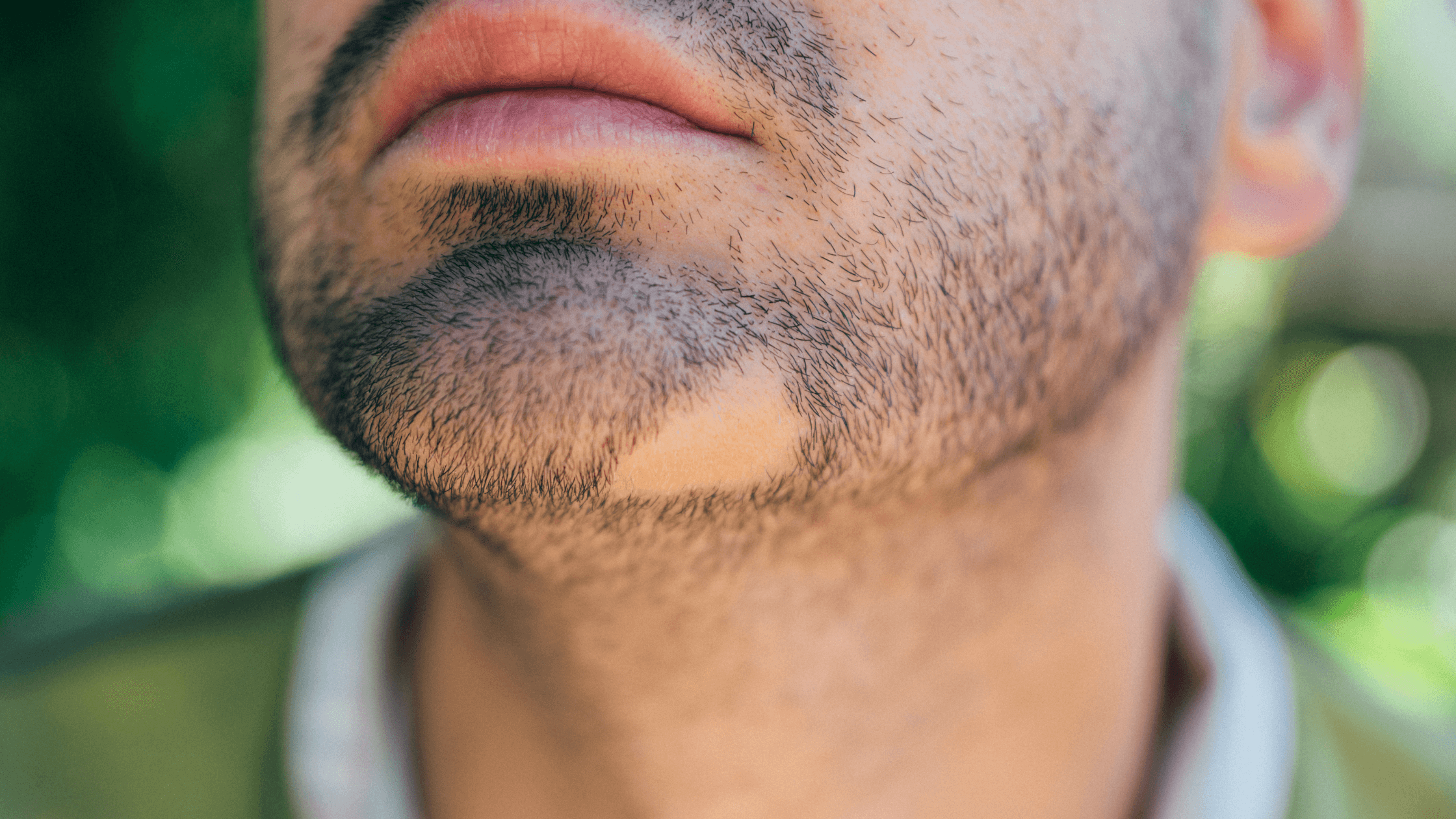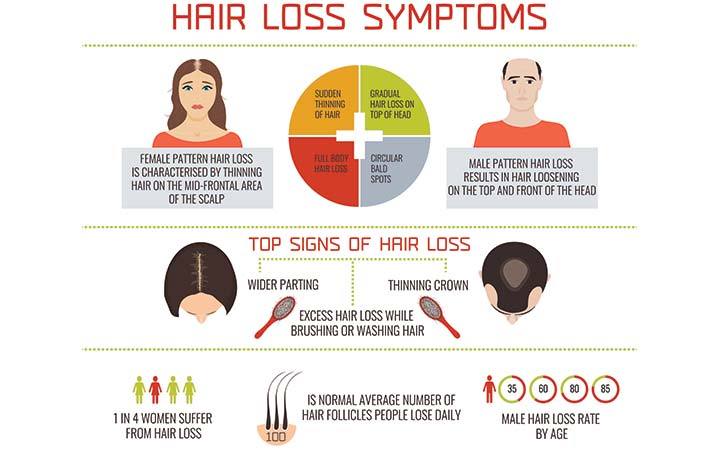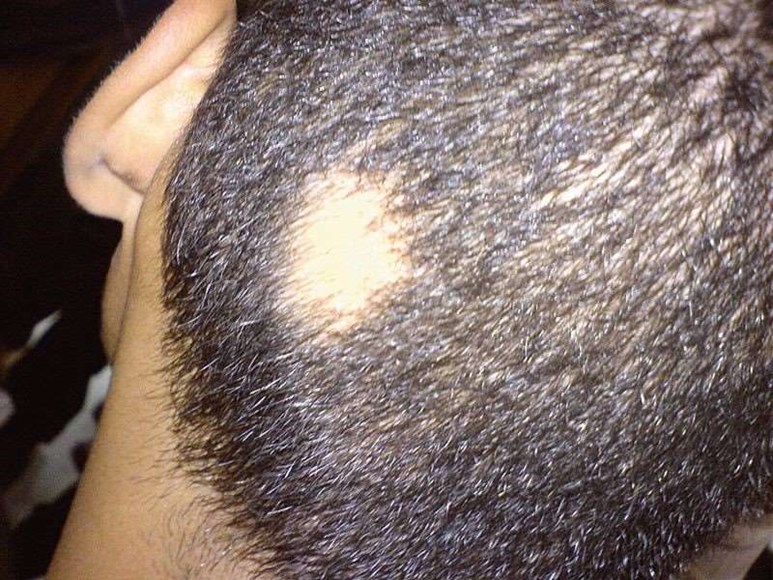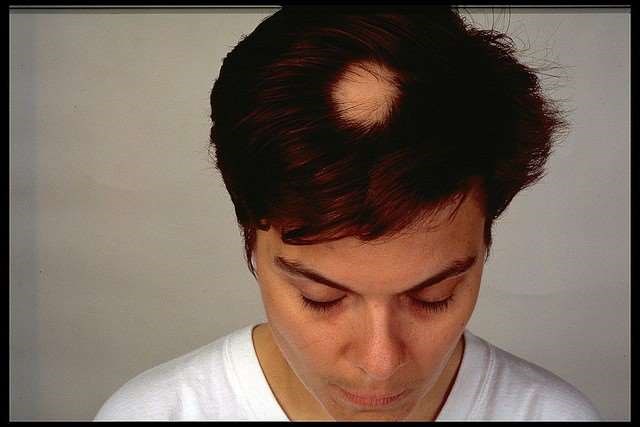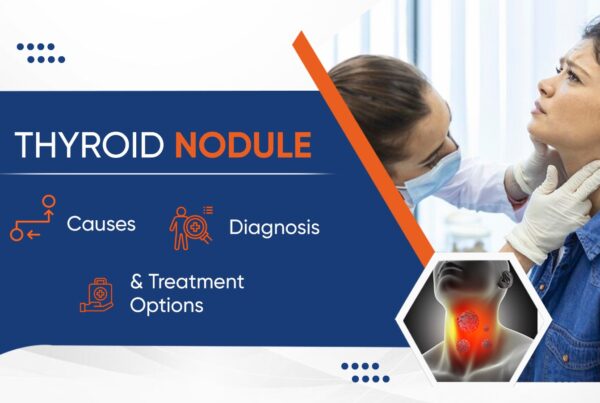Table of Contents
ALOPECIA AREATA
Alopecia areata is a common autoimmune disorder that often results in unpredictable hair loss.
- It is a condition that causes hair to fall out in small patches, which can be unnoticeable. These patches may connect, however, and then become noticeable. This issue develops when the immune system attacks the hair follicles, resulting in huge hloss. Sudden hair loss may occur on the scalp, and in some cases the eyebrows, eyelashes, and face, as well as other parts of the body. It can also develop slowly and recur after years between instances.
- Contagious: No
Types of alopecia areata
- Alopecia areata: Alopecia is the medical term for bald. Areata means patchy. This patchy baldness can develop anywhere on the body, including the scalp, beard area, eyebrows, eyelashes, armpits, inside your nose, or ears.
- Alopecia totalis: The person loses all hair on the scalp, so the scalp is completely bald.
- Alopecia universalis: The person loses all hair, leaving the entire body hairless. This is rare.
Natural way to treat
Some people with alopecia areata choose alternative therapies to treat the condition. These may include:
- aromatherapy
- acupuncture
- microneedling
- probiotics
- low-level laser therapy (LLLT)
- Vitamins, like zinc and biotin
- aloevera drinks and topical gels
- onion juice rubbed onto the scalp
- essential oils like tea tree, rosemary, lavender, and peppermint. Other oils like coconut, castor, olive, and jojoba
- scalp massage
- herbal supplements, such as ginseng, green tea, Chinese hibiscus, and saw palmetto
5 Early Signs of Alopecia That You Should Know
- Excess Hair in Your Brush or Drain
- Thinner Ponytail or Receding Hairline
- Sudden Loss of Patches of Hair
- Thinning Eyebrows, Eyelashes, or Beard
- White Spots of Lines on Nails
Symptoms
- Hair loss occurs during a colder month of the year in most of the cases
- Gray and white hair often remain where you have hair loss.
- Hair starts to regrow on its own where it fell out.
- Hair begins growing in a bald spot and starts falling out in another area.
- Some people develop hair loss on another area of the body, such as the eyelashes, eyebrows, or beard area (men only). Wherever the hair loss occurs, it happens without any signs of a rash, redness, or scarring.
It can also be a result of an underlying disease, such as with an underactive thyroid gland (hypothyroidism) and systemic lupus erythematosus. Alopecia may have no symptoms other than the loss of hair, or it can be associated with itching and/or rash of the scalp.
Causes
Alopecia areata is an autoimmune disease. This means that your immune system mistakenly attacks a part of your body.
When you have alopecia areata, cells in your immune system surround and attack your hair follicles (the part of your body that makes hair). This attack on a hair follicle causes the attached hair to fall out.
The more hair follicles that your immune system attacks, the more hair loss you will have.
Can a vitamin D deficiency cause alopecia areata?
People with certain autoimmune diseases, such as multiple sclerosis or rheumatoid arthritis, have a vitamin D deficiency.
Because alopecia areata is an autoimmune disease, scientists have looked at the vitamin D levels in people who have alopecia areata. Some people did have a vitamin D deficiency, but others didn’t. More research is needed before we know whether low levels of vitamin D play a role in causing this disease.
Is alopecia areata curable?
It cannot be cured; however, it’s possible to regrow hair. For some people, regrowth will happen without any help. Because alopecia areata cannot be cured, people who have regrowth can have more hair loss later. Some people have cycles of hair loss and regrowth.
If your hair doesn’t regrow on its own, medical treatments may help
How does Alopecia look like
The typical pattern is for one or more bald patches to appear on the scalp. These tend to be round in shape and about the size of a large coin. They develop quite quickly. Often the person with it hasn’t noticed it at all, particularly if they have long hair which is covering the bald patch. This photo shows a typical patch of alopecia areata on the back of a young man’s head
Alopecia areata on the back of the head
Alopecia areata on a woman’s head
How does it progress
When a bald patch first develops- The below are the main ways it may progress:
- Quite often the bald patch or patches regrow hair within a few months. If hair grows back, it may not have its usual colour at first and look grey or white for a while. The usual colour eventually returns after several months.
- Sometimes one or more bald patches develop a few weeks after the first one. Sometimes the first bald patch is regrowing hair whilst a new bald patch is developing. It can then appear as if small bald patches rotate around different areas of the scalp over time.
- Sometimes several small bald patches develop and merge into a larger bald area.
- Patches of body hair, beard, eyebrows or eyelashes may be affected in some cases, but this is unusual.
- Large bald patches develop in some people. Some people lose all their scalp hair. This is called alopecia totalis. This is very rare though.
- In a small number of cases, all scalp hair, body hair, beard, eyebrows and eyelashes are lost. This is called alopecia universalis. Again, this is very rare.
- The nails are affected in about 1 in 10 cases and can become pitted or ridged.
Takeaway
- One in five people with alopecia areata also has a family member who has experienced the condition.
- Alopecia areata often develops suddenly, over the course of just a few days.
- There is little scientific evidence that alopecia areata is caused by stress.
- People with alopecia areata who have only a few patches of hair loss often experience a spontaneous, full recovery, without the need for treatment.
- There is no cure for alopecia areata.


